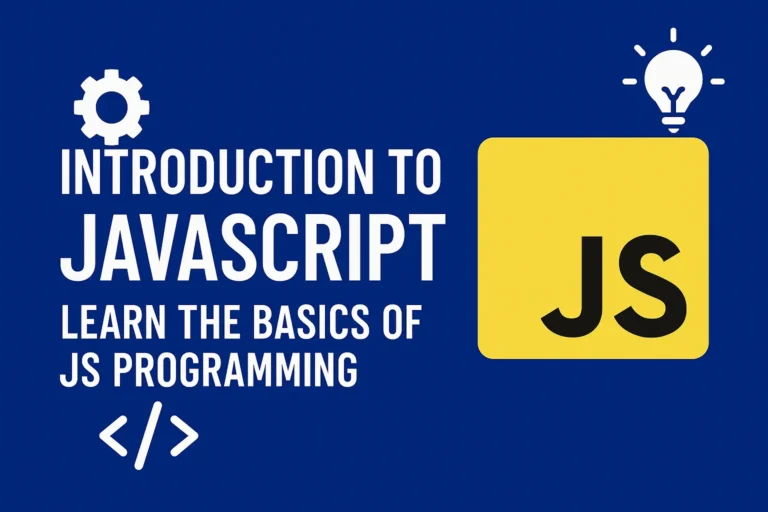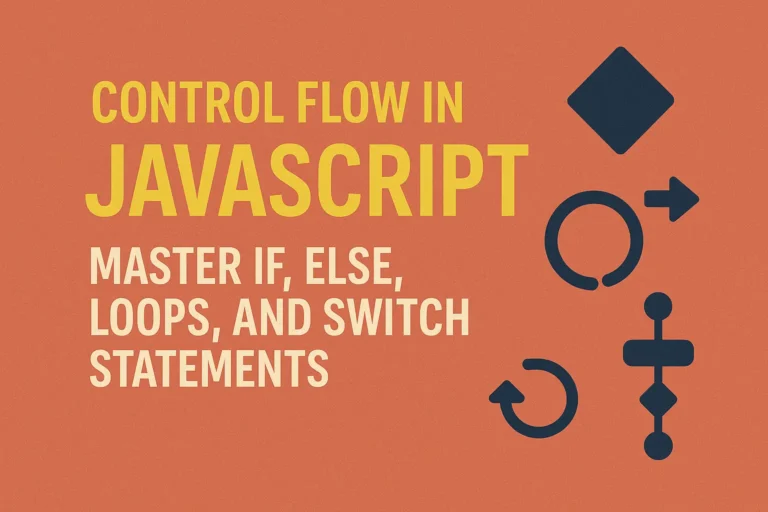In this comprehensive guide, we’ll delve into the depths of JavaScript destructuring, exploring its syntax, applications, and best practices, with ample code examples to solidify understanding.
Understanding Destructuring
At its core, destructuring is a concise method for extracting multiple values from data stored in arrays or objects. It allows developers to unpack values from arrays or properties from objects into distinct variables, simplifying access to data and enhancing code clarity.
Array Destructuring
Let’s begin by unraveling the mysteries of array destructuring. Consider the following array:
const fruits = ['apple', 'banana', 'orange'];
With destructuring, we can extract values from this array directly into variables:
const [first, second, third] = fruits;
console.log(first); // Output: 'apple'
console.log(second); // Output: 'banana'
console.log(third); // Output: 'orange'
This concise syntax assigns each element of the array to a separate variable, eliminating the need for verbose indexing.
Object Destructuring
Similarly, object destructuring empowers developers to extract values from objects effortlessly. Take the following object as an example:
const person = {
name: 'John Doe',
age: 30,
country: 'USA'
};
We can destructure this object to access its properties directly:
const { name, age, country } = person;
console.log(name); // Output: 'John Doe'
console.log(age); // Output: 30
console.log(country); // Output: 'USA'
By providing the property names within curly braces {}, we extract the corresponding values into variables with matching names.
Advanced Techniques
Destructuring offers more than just basic value extraction. It enables advanced operations such as default values, nested destructuring, and aliasing.
Default Values
In cases where a property or element might be missing, default values can prevent errors:
const { language = 'JavaScript' } = {};
console.log(language); // Output: 'JavaScript'
Nested Destructuring
Nested objects and arrays can also be destructured, allowing for extraction of deeply nested values:
const user = {
name: 'Alice',
details: {
age: 25,
email: 'alice@example.com'
}
};
const { name, details: { age, email } } = user;
console.log(name); // Output: 'Alice'
console.log(age); // Output: 25
console.log(email); // Output: 'alice@example.com'
Aliasing
Destructuring supports aliasing, enabling developers to assign extracted values to variables with different names:
const { name: fullName } = person;
console.log(fullName); // Output: 'John Doe'
Practical Applications
The versatility of destructuring extends its utility across various scenarios in JavaScript development.
Function Parameters
Destructuring facilitates passing and extracting values from function parameters, enhancing clarity and conciseness:
function greet({ name, age }) {
console.log(`Hello, ${name}! You are ${age} years old.`);
}
const person = { name: 'Emily', age: 28 };
greet(person); // Output: 'Hello, Emily! You are 28 years old.'
Iterating Arrays
Destructuring can streamline array iteration, enabling direct access to array elements:
const coordinates = [
[10, 20],
[30, 40],
[50, 60]
];
coordinates.forEach(([x, y]) => {
console.log(`x: ${x}, y: ${y}`);
});
Best Practices
To maximize the benefits of destructuring, adhere to the following best practices:
Use Descriptive Variable Names: Choose meaningful names for variables to enhance code readability.
Prefer Object Destructuring for Clarity: When dealing with objects, opt for object destructuring for explicitness.
Avoid Overly Nested Destructuring: Excessive nesting can decrease code readability; strive for balance.
Employ Default Values Wisely: Utilize default values sparingly and judiciously to handle optional properties or elements.
Conclusion
JavaScript destructuring empowers developers with a concise and expressive syntax for extracting data from arrays and objects. By mastering this technique and applying it judiciously, developers can enhance code readability, streamline operations, and unlock new levels of productivity. Whether simplifying function parameters, iterating arrays, or accessing nested data structures, destructuring remains an indispensable tool in the JavaScript programmer’s arsenal. Embrace destructuring, and elevate your JavaScript coding experience to new heights.






